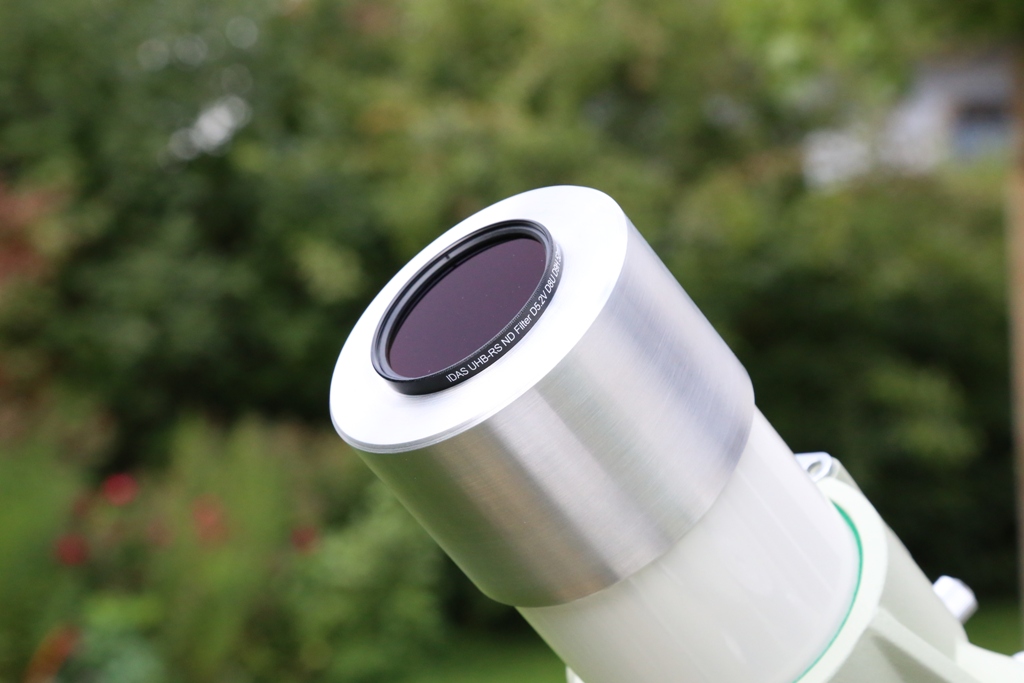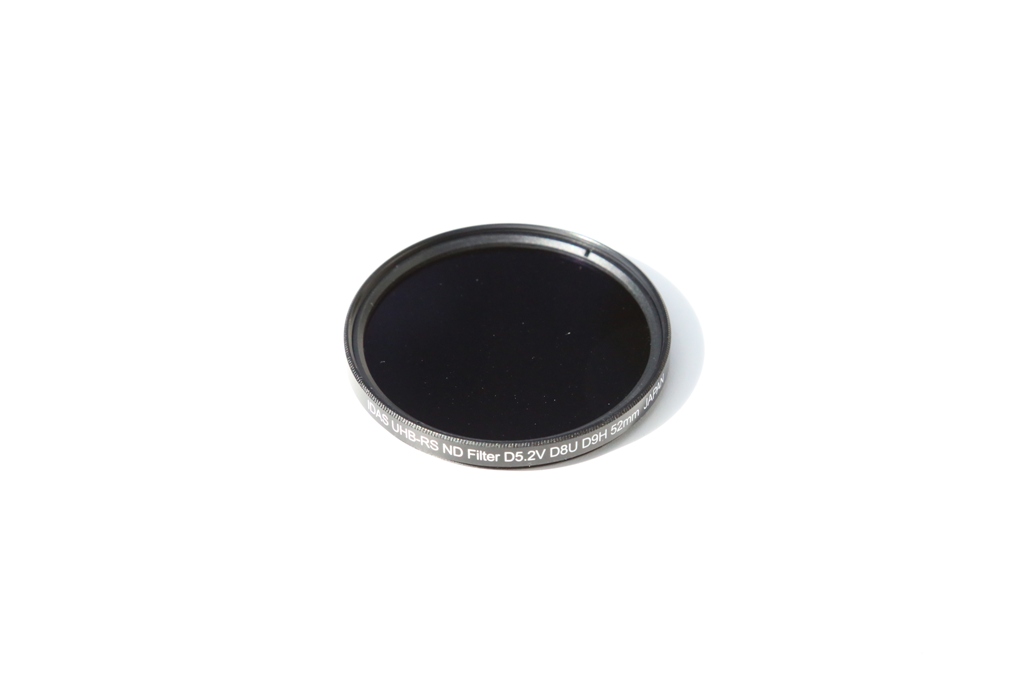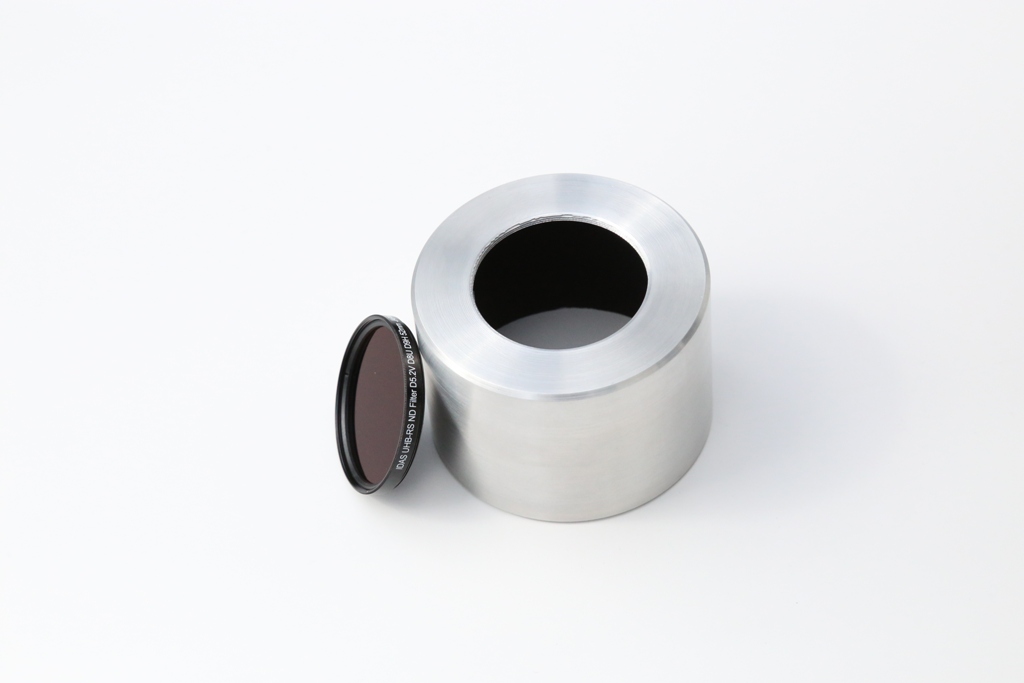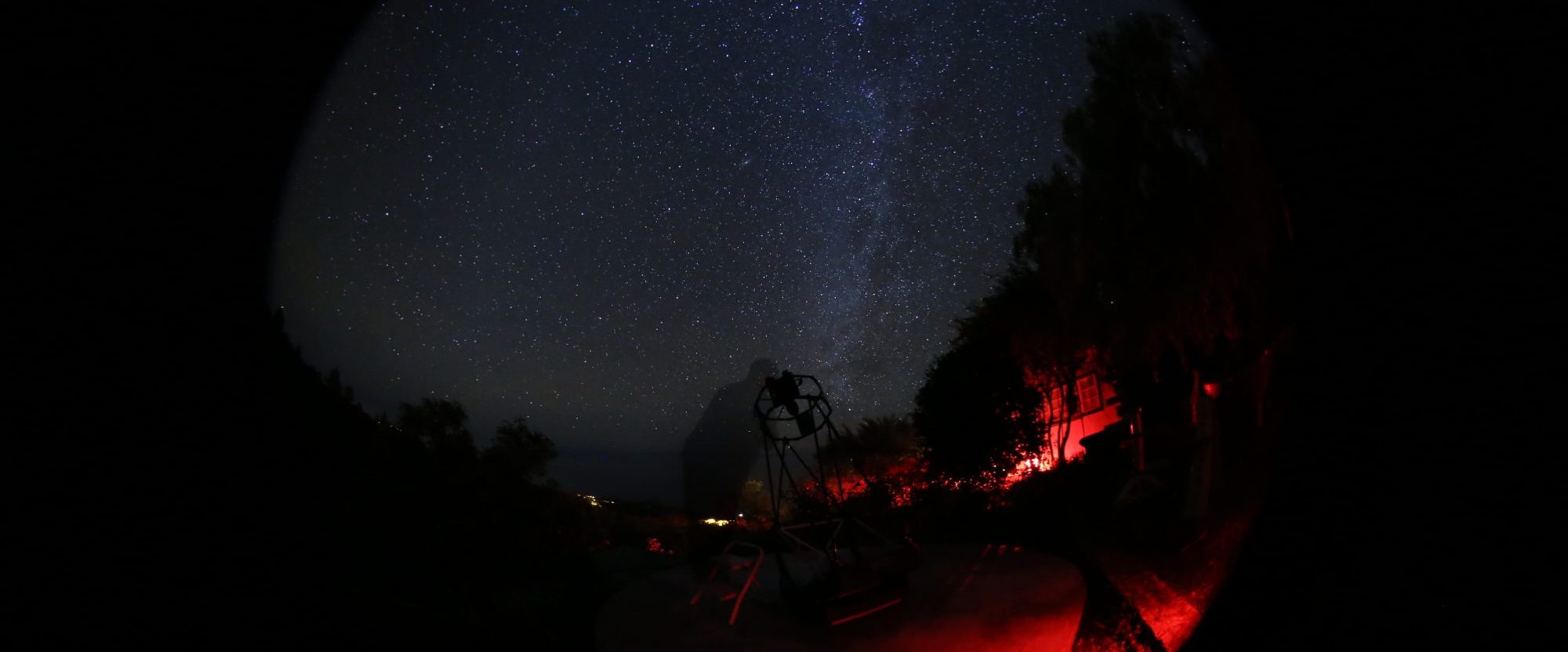
For visually observing solar eclipses, a high quality solar filter is essential. Among the best choices might be the little known IDAS solar filter.
This is one of the most important accessories for eclipse chasers: A safe and sturdy white light solar filter. As a solar filter for travelling, an ideal filter should be…
- safe for visual observing over long periods
- not too bright and not too dim
- durable and not damaged easily
- of high optical quality to allow high magnification
- lightweight and easy to use
- put on and off the telescope quickly
While many people use filter foil or mylar sheets, these can get holes or tear. Glass filters, who are put over the telescope’s objective, often are of poor optical quality. This is true for the filter I used for some time with the Takahashi FS-60C, my favourite solar eclipse telescope.
The IDAS filters
Only recently I became aware of the fact that IDAS, a Japan-based brand that is known for light pollution suppression filters, does offer solar filters as well. These filters have been initially made for photographic lenses. They appear like your typical neutral density filter that screws on the end of objective lenses.
There are two sizes available: 52mm and 82mm. This reduces the usage to small telescopes – not an issue for eclipse chasers. My review is based on the 52mm model.
Specs
Other than your typical glass filter, the IDAS filters are not made of plane glass covered with a reflective coating. Instead, like with high quality colour filters, this filter is made of tinted glass. In combination with modern coating techniques, the filter will absorb the sunlight. This technique is expensive, and this may be the reason why larger sizes are not on offer.
The neutral density is 5.2. This means, 1/160,000 of the incoming sunlight is let through the eyepiece. In comparison with other solar filters, this is a bit less than most filters intended for visual use (usually ND 5.0) and much less than most filters intended for photographic use (usually ND 3.8).
IDAS says that their filter suppresses internal reflections very effectively. When used photographically with multi-element lenses, this may indeed be an issue. For the visual observer, reflections may become visible at low power in poor quality filters. I have never seen it in any white light filter.
Safety
As with all objective filters, heat is not an issue, as the sunlight is blocked off before the telescope. But using glass or foil filters, I always wonder what amount of non-visible radiation is transmitted.
IDAS claim that their filter blocks all but 0.0000333% of infrared and 0.00000007% of ultraviolet, which means the filter performs at ND 7 to ND 12 in these regions of the spectrum. I had no possibility to verify theses values, but if they are true the IDAS filter would be among the safest solar filters available.

Brightness
Initially, I had concerns that the filter might be too dim for detailed solar observing. But this is not the case: From 11x to 70x, the image is just pleasantly bright and nice. The factor of ND 5.2 turns out to be ideal, at last for my telescope used (60/355mm refractor).
Colour rendition
IDAS claims a neutral colour rendition. In reality, the filter comes close, but not exactly. To me, the image has a very slight lime-green hue, which is present at all magnifications annoyingly. As I am quite sensitive to colours, other observers might not notice it.
Image quality
To me, the solar disk looks quite flat. Limb darkening is only very light. At low powers, there’ a hint of solar granulation, but much less than I had hoped. Maybe this is due the restricted aperture of 52mm.
With higher magnification, sharpness is good, much better than with your average glass or foil filter. Nevertheless, I had the impression that the IDAS filter was not able to deliver the full optical quality of the scope, 70x proved to be the highest power.

Handling
The IDAS filter is hard coated. It cannot break or get holes easily. On the other hand, the screw-in mounting is not practical for astronomical observations, as most telescopes do not have a threaded tube end. Astro-Optik Kohler (AOK) of Switzerland, my source of supply for the filter, provided me with a simple but very effective mounting, which allows to put the filter on and off very quickly.
Final thoughts
The IDAS filter is not perfect, but mayby the closest to a safe solar filter for travelling at the moment. It is limited by the small sizes available, and the lime-green tint of the image is not very pleasant for purist visual observers. But in regards of safety and quality, it is hard to find better alternatives.
Links

